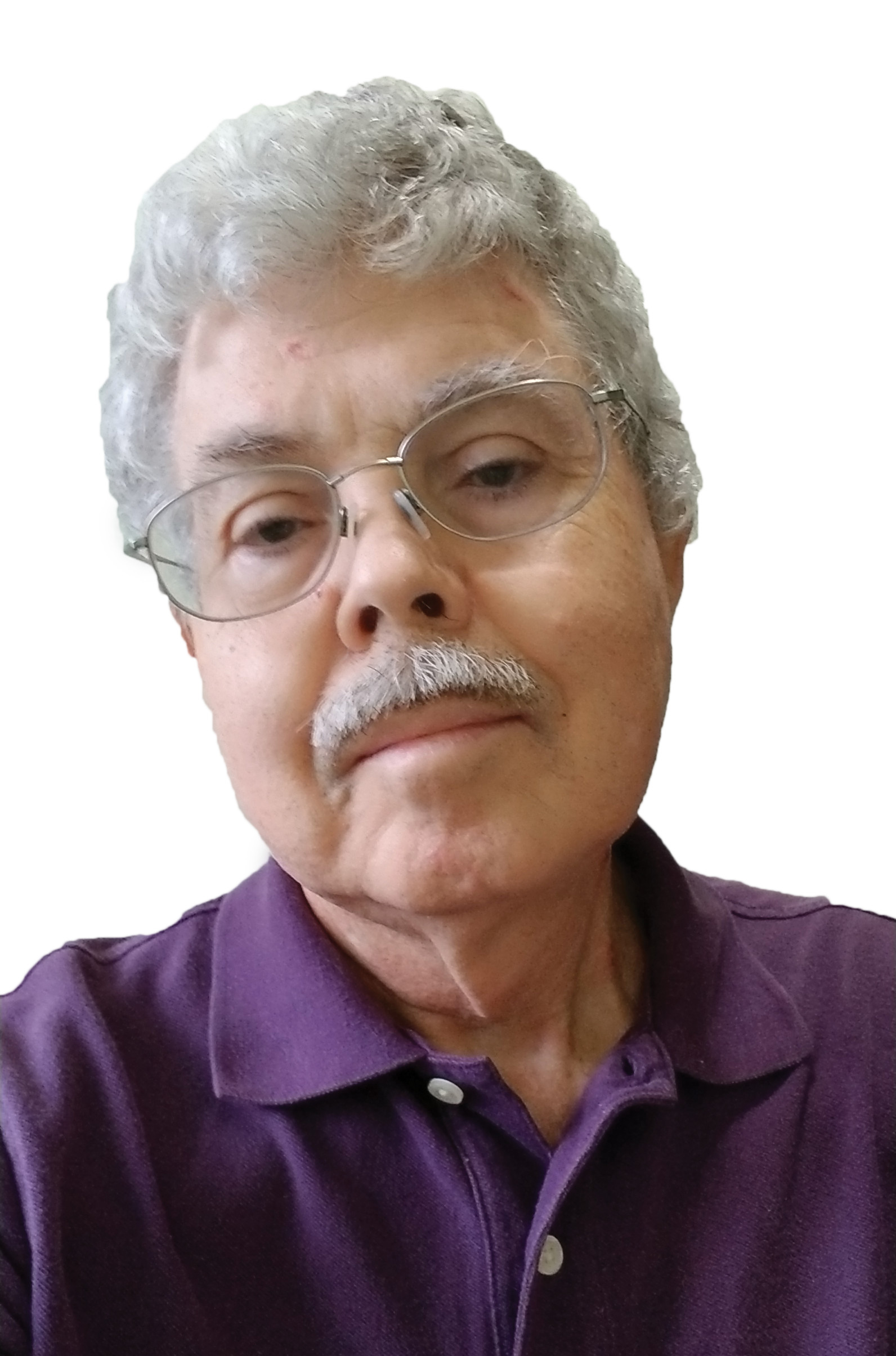Later this month NASA plans to launch the “Soil Moisture Active Passive” (SMAP) instrument. It will include a radar, a radiometer and “the largest rotating mesh antenna ever deployed in space.”
“We call it the spinning lasso,” said Wendy Edelstein, SMAP instrument manager at NASA's Jet Propulsion Laboratory in Pasadena, Calif. Like the cowboy's lariat, the antenna is attached on one side to an arm with a crook in its elbow. It spins around the arm at about 14 revolutions per minute (one complete rotation every four seconds). The antenna dish was provided by Northrop Grumman Astro Aerospace in Carpinteria, California. The motor that spins the antenna was provided by the Boeing Company in El Segundo, Calif. Edelstein noted, “The antenna caused us a lot of angst, no doubt about it.” Although the antenna must fit during launch into a space not much bigger than a tall kitchen trash can, it must unfold so precisely that the surface shape of the mesh is accurate within about an eighth of an inch (a few millimeters).
SMAP's radar uses the antenna to transmit microwaves toward Earth and receive the signals that bounce back after penetrating a few inches or more into the soil. The properties of the returning microwaves are used to indicate changes in soil moisture and whether or not the soil is frozen. Using synthetic aperture radar processing, the system can produce images with a resolution of about one half mile to one and a half miles (one to three km).
SMAP's radiometer detects differences in the Earth's natural emission of microwaves caused by water in the soil. The radiometer includes an advanced signal processing system designed at NASA's Goddard Space Flight Center in Greenbelt, Md. to reduce interference from air traffic control, cell phones and other operations on nearby frequencies.
More details are available at http://www.nasa.gov/smap/.
The professional video industry's #1 source for news, trends and product and tech information. Sign up below.

Doug Lung is one of America's foremost authorities on broadcast RF technology. As vice president of Broadcast Technology for NBCUniversal Local, H. Douglas Lung leads NBC and Telemundo-owned stations’ RF and transmission affairs, including microwave, radars, satellite uplinks, and FCC technical filings. Beginning his career in 1976 at KSCI in Los Angeles, Lung has nearly 50 years of experience in broadcast television engineering. Beginning in 1985, he led the engineering department for what was to become the Telemundo network and station group, assisting in the design, construction and installation of the company’s broadcast and cable facilities. Other projects include work on the launch of Hawaii’s first UHF TV station, the rollout and testing of the ATSC mobile-handheld standard, and software development related to the incentive auction TV spectrum repack. A longtime columnist for TV Technology, Doug is also a regular contributor to IEEE Broadcast Technology. He is the recipient of the 2023 NAB Television Engineering Award. He also received a Tech Leadership Award from TV Tech publisher Future plc in 2021 and is a member of the IEEE Broadcast Technology Society and the Society of Broadcast Engineers.
